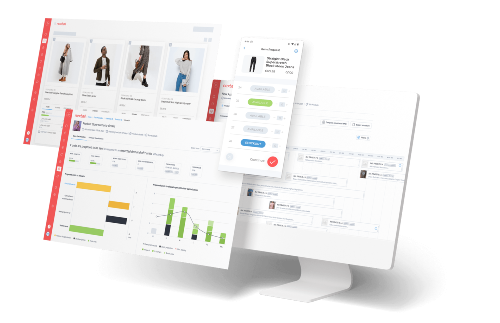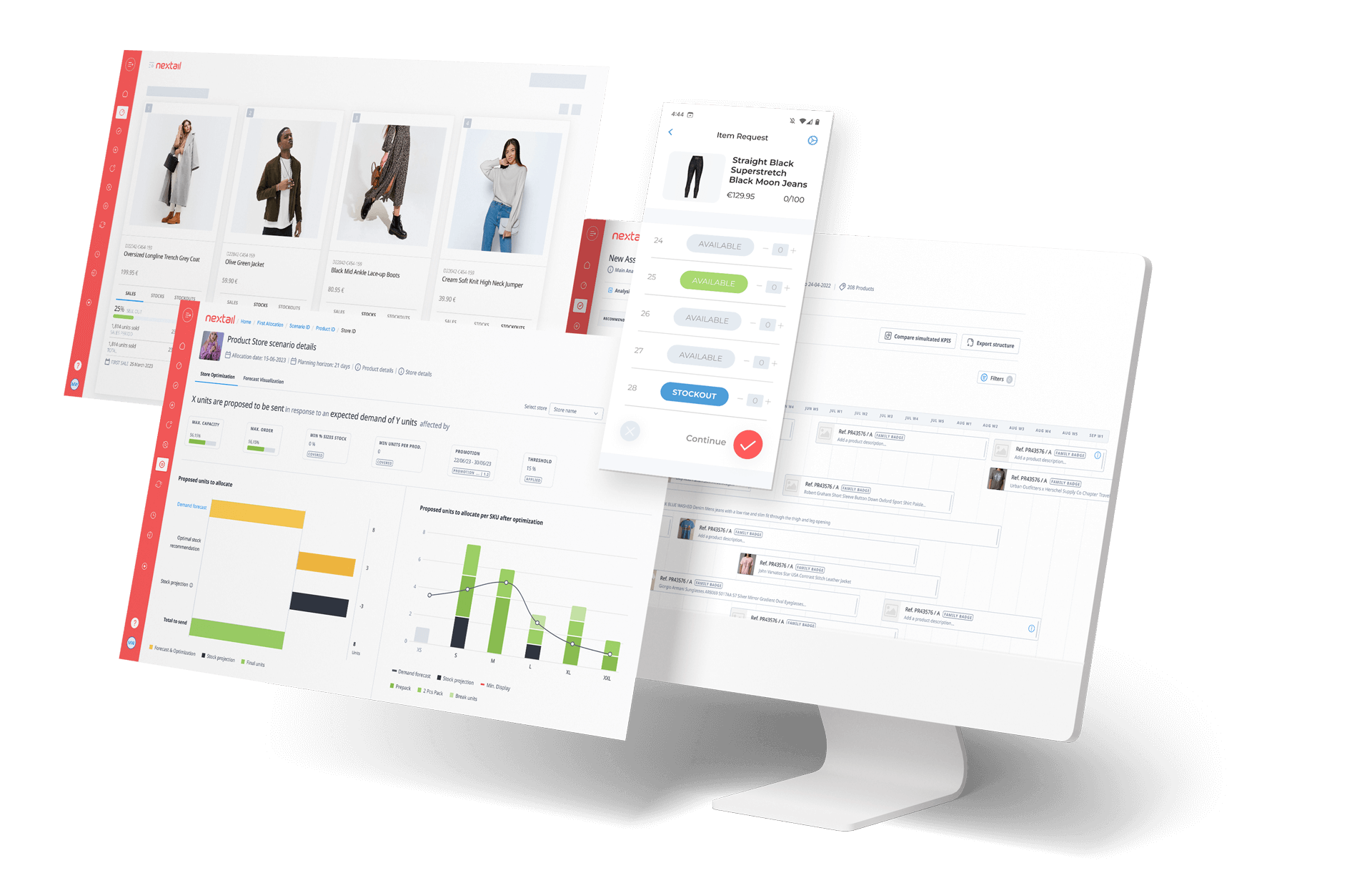The key to brilliant omnichannel: Automating basic processes first | Tendam Q&A
The key to doing brilliant things starts with getting the basics right – automation and data homogenization lead to team-wide alignment, says Carlos Abellán of Tendam.
As the Data Analytics & Transformation Director at TENDAM, Carlos Abellán knows a thing or two about the challenges of implementing an omnichannel strategy into a large retail organization. In this Q&A with Nextail, he explains what retailers must focus on in terms of data and the retail tech they bring in to provide customers with an experience that is seamless for them and painless for retailers.
See more insights from “The Big Debate” roundtable of experts including Javier Figar, former CRO of AWWG; Jan Heere, ex-CEO Studio Moderna, and more.
How will retail look in 3 years’ time versus today?
Omnichannel is a key trend in retail and the fashion business but not solely focused on online, as many anticipated a few years ago. The pandemic taught us that we can be online when stores are closed but, when life gets back to normal, traffic to the stores goes up again.
Plus, there’s a social aspect of buying fashion in brick and mortar stores, which you don’t get online. Shoppers may also find it easier to find the right sizing and fit in stores, where they can try clothes on, versus online.
Sustainability is another key trend but is extremely challenging in the context of super fierce price competition. Everybody wants to be sustainable but nobody wants to pay more for clothes. Competitors, who appeal to young consumers with lower budgets, seem to make it difficult to get the balance right.
But at Tendam, we do believe in atemporal fashion, we do believe that making fashion that matters is an option by recovering the respect for the garment with slower rhythms, sustainable products, and processes as a quality attribute. It has already happened in food.
What challenges do retailers face in future-proofing businesses?
The move to omnichannel has implications in that consumers want to see the same products and promotions in both on- and offline channels and they want to be able to start a purchase journey online but finish it offline, for example.
From a retailer’s perspective, omnichannel brings operational challenges in that online and offline channels use different databases. The aim is to ensure all the data fits together.
Tendam brands are working to join up data points so that colleagues in stores have information about customers’ previous purchases and what they have bought online so that they can make relevant product recommendations.
Tendam’s loyalty programs – we have 31 million members across our retail brands – give us a unique window on our customers. We don’t see tickets, we see people and can track purchases from the client and have an interesting view about what they are buying. That’s a big advantage when you want to do a recommendation or client segmentation.
But in order to match clients, promotions and products across channels, databases need to be aligned. It is also critical that the people who are providing the data, such as promotional information, follow a systematic process so that the data can be used properly.
The store-based system must also connect with the system the analytics team is using to provide a single data feed or customer view. Changing company culture and convincing people to approach things differently can be a challenge.
What role does technology play in retail transformation?
The greatest current potential is improving the basics and making processes more sophisticated. When you hire a data scientist, they’re always motivated to build something really cool, which is great, but I’m always trying to convince them that even just by building a dashboard that automatically updates every day, you are saving people a lot of time. You are homogenizing the metrics that everybody is using. That means there’s no disputes about numbers, which adds value. Plus, Excel is still widely used, though it is time consuming and creates inconsistencies because different business areas use different parameters so the numbers don’t match.
The best way to do brilliant things is to get the basics right. Teams need to understand that often the quickest way to add value is by improving and making primary processes more sophisticated.
What extra value could retail tech bring to businesses in future?
A potential use case for technology related to sustainability would be centered more around planning. If you want to be more sustainable, start by purchasing what you are going to sell, i.e. not too much.
Tech companies should also remember the human element in their implementations. Achieving the bridge between the solution and the human is key. The user needs to understand what the tool or solution is doing and have the ability to correct any recommendation from the tool and adapt it to the way they work. Just like retail needs to be customer-centric, solutions also need to be user-centric.
More insights from “The Big Debate” roundtable of experts including Gita North, Partner at First Friday; Charlotte Kula-Przezwanski, Partner at Columbus Consulting, and more.



